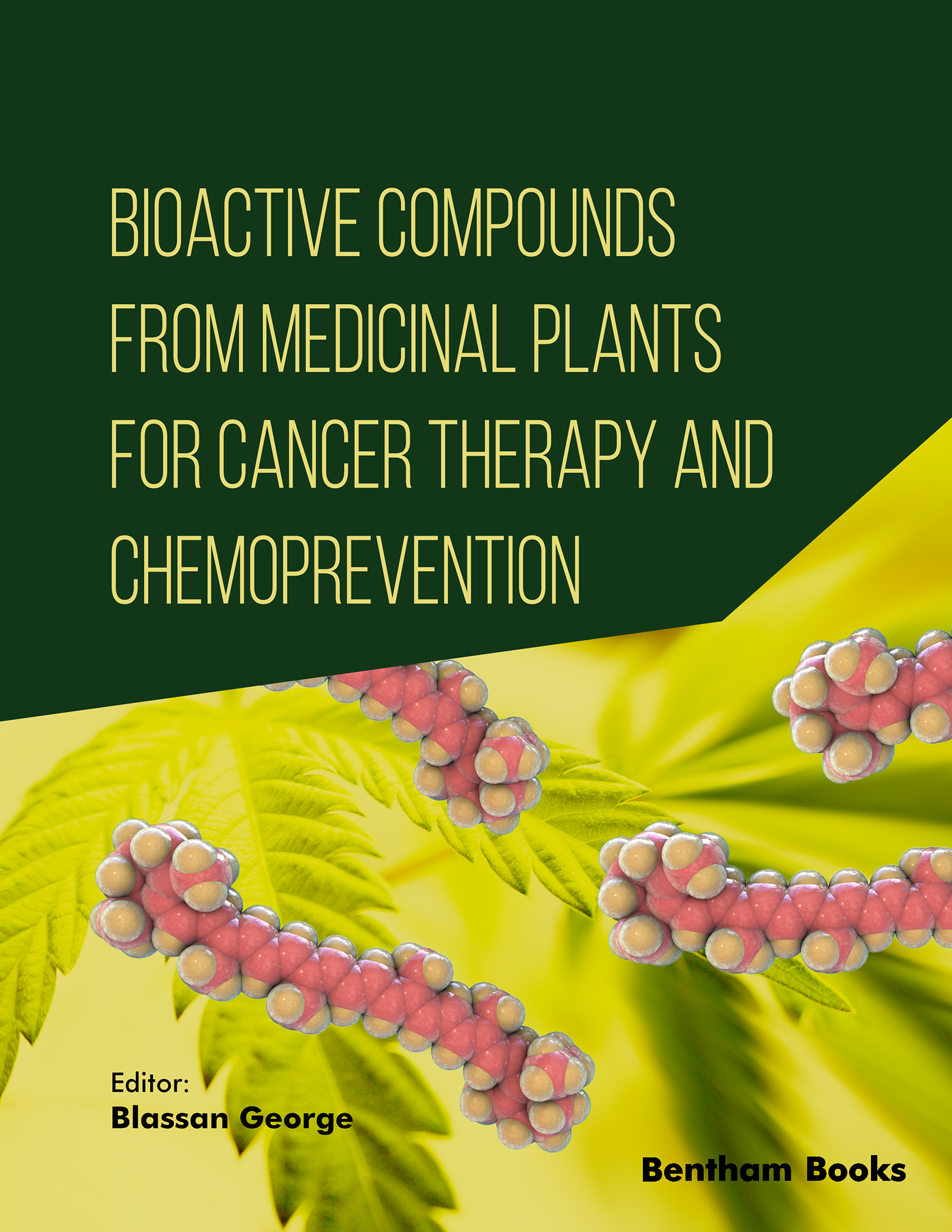Inhibition of Nitric Oxide and Free Radical Production by Leaf and Stem Extracts of Psychotria nilgiriensis

- Authors: Parimelazhagan Thangaraj1, Pezzuto M. John2, Tamara P. Kondratyuk3, Eun Jung Park4, Murugan Rajan5, Simeon O. Kotchoni6
-
View Affiliations Hide AffiliationsAffiliations: 1 Bioprospecting Laboratory, Department of Botany, Bharathiar University, Coimbatore 641 046, India 2 The Daniel K. Inouye College of Pharmacy, University of Hawaii at Hilo, Hilo, Hawaii 96720, USA 3 The Daniel K. Inouye College of Pharmacy, University of Hawaii at Hilo, Hilo, Hawaii 96720, USA 4 The Daniel K. Inouye College of Pharmacy, University of Hawaii at Hilo, Hilo, Hawaii 96720, USA 5 Centre for Research and Postgraduate Studies in Botany, Ayya Nadar Janaki Ammal College (Autonomous), Sivakasi, 626 124, Tamil Nadu, India 6 Center for Computational and Integrative Biology, Rutgers University, 315 Penn St., Camden, NJ 08102, USA
- Source: Bioactive Compounds from Medicinal Plants for Cancer Therapy and Chemoprevention , pp 103-119
- Publication Date: September 2024
- Language: English
Inhibition of Nitric Oxide and Free Radical Production by Leaf and Stem Extracts of Psychotria nilgiriensis, Page 1 of 1
< Previous page | Next page > /docserver/preview/fulltext/9789815238549/chapter-6-1.gif
Psychotria nilgiriensis was used in traditional medicine as to cure chronic inflammatory diseases. Therefore, the evaluation of different combination of solventbased fractions from stem and leaves of P. nilgiriensis for free radical scavenging activity, inhibitory potential against nitric oxide radicals, and tentative identification of active metabolites were carried out. The antioxidant activity of solvent extracts was determined by DPPH· scavenging, TAC, and ORAC assays using spectrophotometer analysis. Further, nitric oxide production inhibition was studied in lipopolysaccharide (LPS)-activated macrophages RAW 264.7 cells. Fraction-based bioactive chemical compound identification was performed using an LC-MS metabolomics approach. With each of the assays, activity was observed with various extracts derived from both the stem and the leaf. The two active extracts, one obtained with Psychotria nilgiriensis leaf ethyl acetate: methanol (PLEM, 40/60 v/v), and another one obtained with P. nilgiriensis stem chloroform: ethyl acetate (PSCE, 70/30 v/v), about 10-15% of the chemical components were identified. With PLEM, N,N-bis(2-ethylhexyl)hydroxylamine was higher in concentration, whereas PSCE, N,N-dioctylhydroxylamine was higher in concentration compared to other metabolites. Thus, the present findings suggest that the P. nilgiriensis leaf and stem could have medicinal value as an antioxidant for the treatment of inflammatory diseases. Some of the chemical constituents such as hydroxylamine derivatives could also be of value.
-
From This Site
/content/books/9789815238549.chapter-6dcterms_subject,pub_keyword-contentType:Journal105

